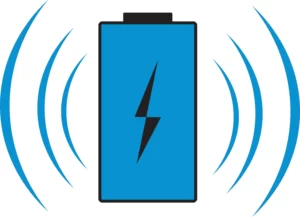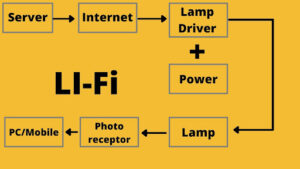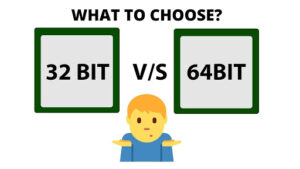COMPUTER MEMORY
The term “computer memory” is defined as one or more sets of chips that store data or program instruction either temporarily or permanently.
They are- (i). Primary or main memory:– Primary memory has two types –
(a). RAM
(a). RAM
(b). ROM
They work in different ways and perform distinct functions in CPU registers and cache memory.
(ii). Secondary or Auxiliary memory:– It is typically as a supplement to main storage. It stores a large amount of data, much cheaper than the main storage and instructions permanently.
The computer’s main memory is classified into two types—
(a). RAM:– RAM or Random Access Memory is the central storage unit in a computer system is the place in a computer where the operating system, application programs and the data that are currently in use are kept here temporarily to access by the computer processor easily. A computer can manipulate more data if it has more RAM.
Ram also called read and write memory. It is sent to be volatile since its contents are accessible only as long as the computer is on. The contents of the RAM are clear once the computer is turned off.
There are two types of RAM- (1). SRAM or Static RAM
(2). DRAM or Dynamic RAM
(1). SRAM:– Static RAM is one kind of RAM and it is a volatile memory that losses its data whenever the power is turned off. In an SRAM each bit that stores data is made up of 4 or 6 transistors, that make up a flip-flop. There are additional transistors that are used to control read and write operations when the number of transistors is reduced, the size of the memory cell increases. In each SRAM cell, there are three different states, which is called read-write and standby. A cell is in the reading stage when data has been requested and it is in the writing stage when the data is modified. The cell is in the standby stage when it is in the ideal stage.
(2). DRAM:– DRAM is also a volatile memory that uses separate capacitors to store each bit. Capacitors with no charge represent the value ‘0’ of a bit and when charge represents the value ‘1’. Since the capacitors discharge with time, they need to be replaced periodically to maintain the value stored in them. There is a capacitor in each memory cell in DRAM and a transistor and the cells are arranged in a square array. DRAMs are widely used for the main memory( we call it normal RAM) in P.C. they are also used in-game consoles for their cheap price
(b). ROM:– ROM or Read Only Memory is a special type of memory that can only be read and contents of which are non-loss even when the computer is switched off. It typically contains the program instructions. ROM also stores an initial program, called the bootstrap loader, whose function is to start the computer software or the operating system, once the power is turned on.
There are three types of ROM.
(1). PROM ( Programmable Read-Only Memory):– It is a memory chip on which data can be retained only once. Once a program has been written on a PROM, it remains there forever. Unlike RAM, PROMs retain theirs contains when the computer is turned off. The main difference between PROM and ROM is, ROM is programmed during the manufacturing process but a PROM is manufactured as blank memory. To write data onto a PROM chip, you need a PROM burner or PROM programmer. Sometimes the process of programming a PROM is called burning of PROM.
(2). EPROM( Erasable Programmable Read-Only Memory):– EPROM is a special type of memory that retains its contents until it is exposed to ultraviolet light. The violet light clears its contents and makes it possible to program the memory. To write and erase an EPROM, you need a special device called an EPROM burner or EPROM programmer.
(2). EEPROM( Electrically Erasable Programmable Read-Only Memory):– EEPROM is a special type of PROM that can be erased by exposing it to an electrical charge. EEPROM retains its data even when the power is turned off. Like other types of ROM, EEPROM also is not as fast as RAM.




